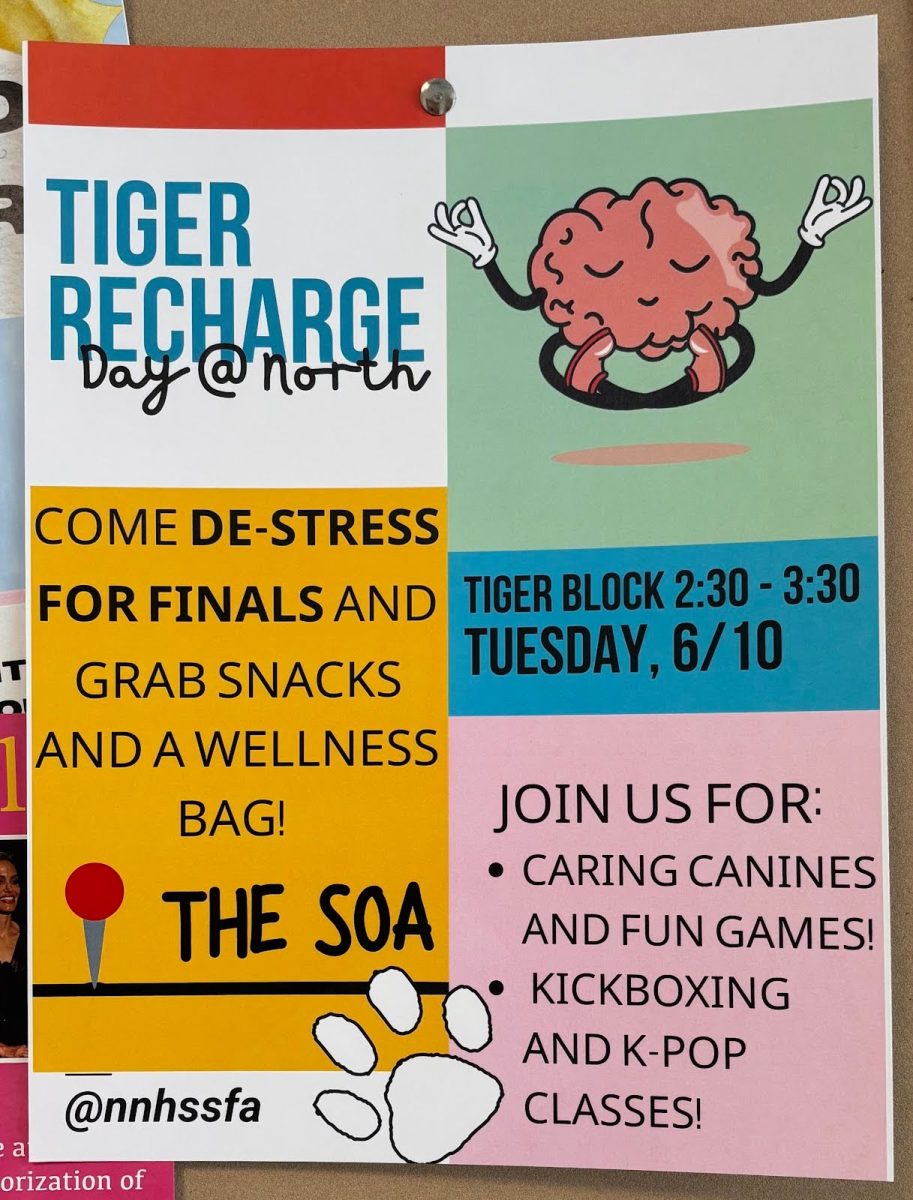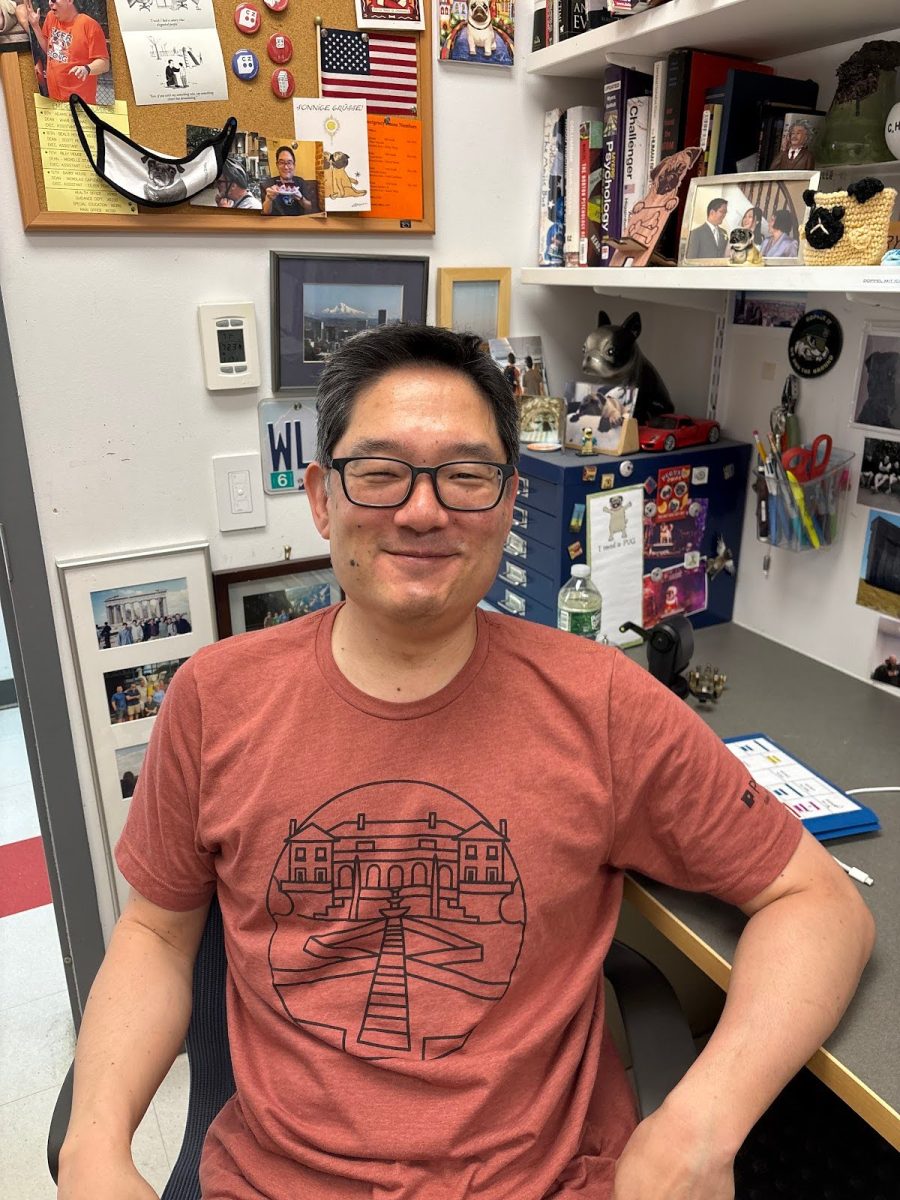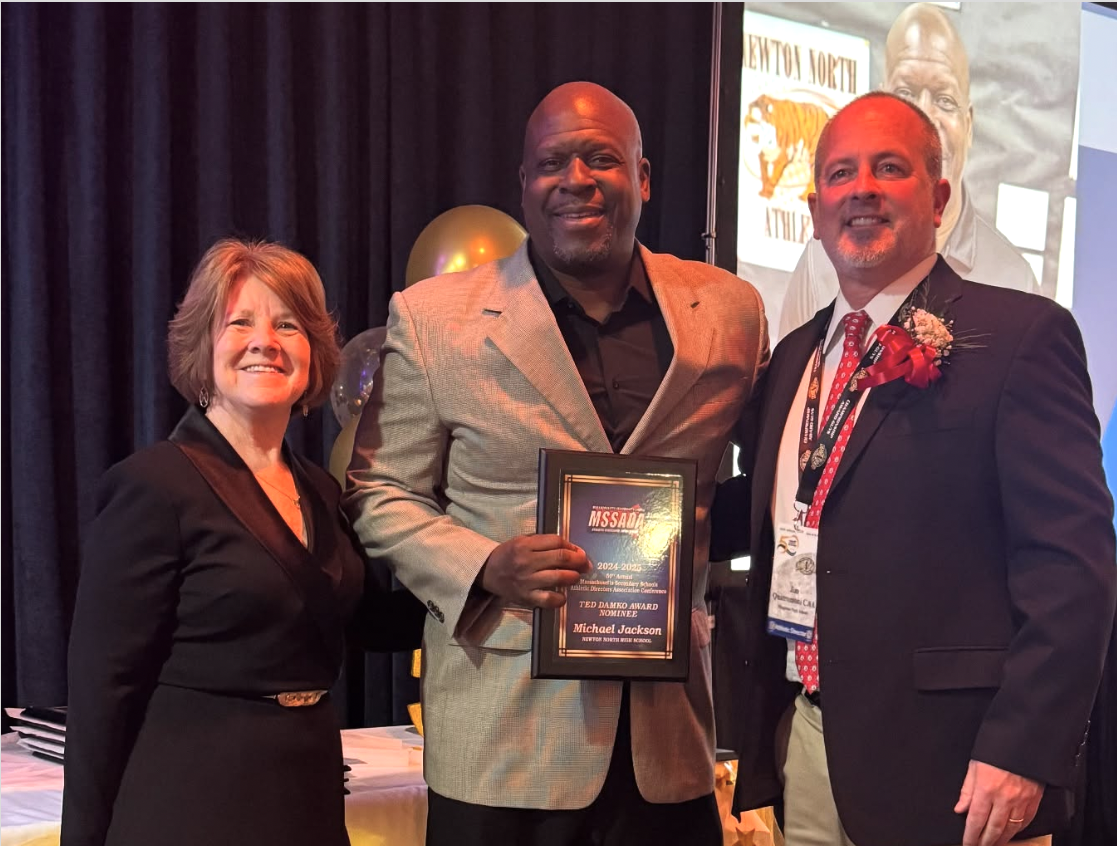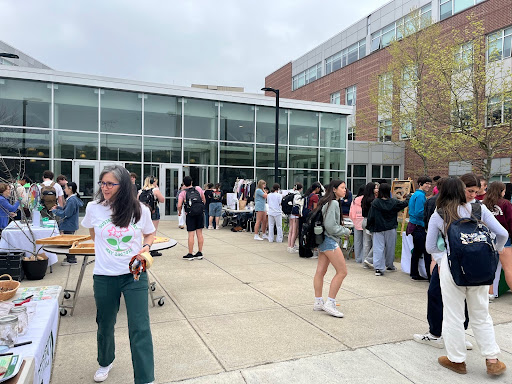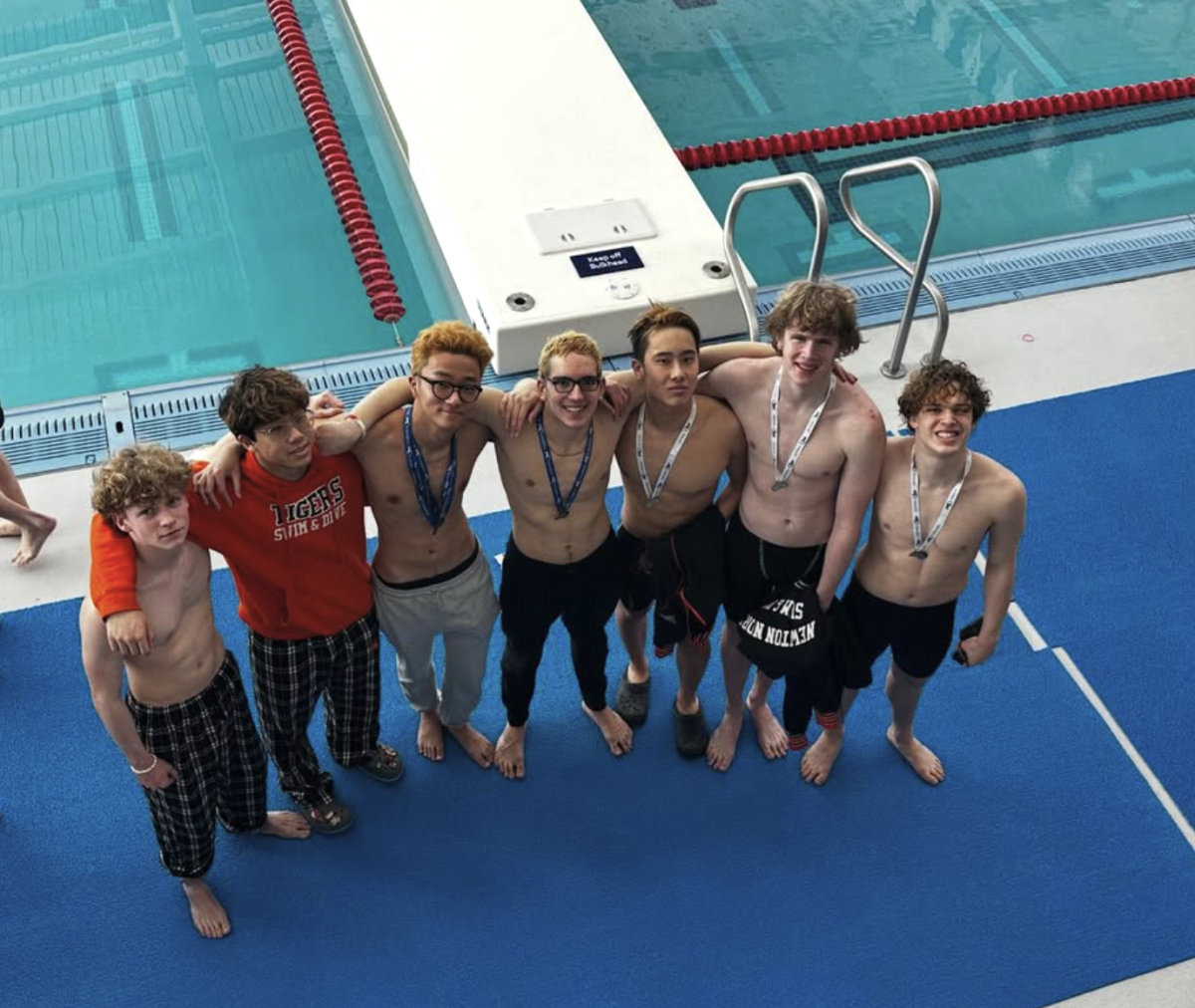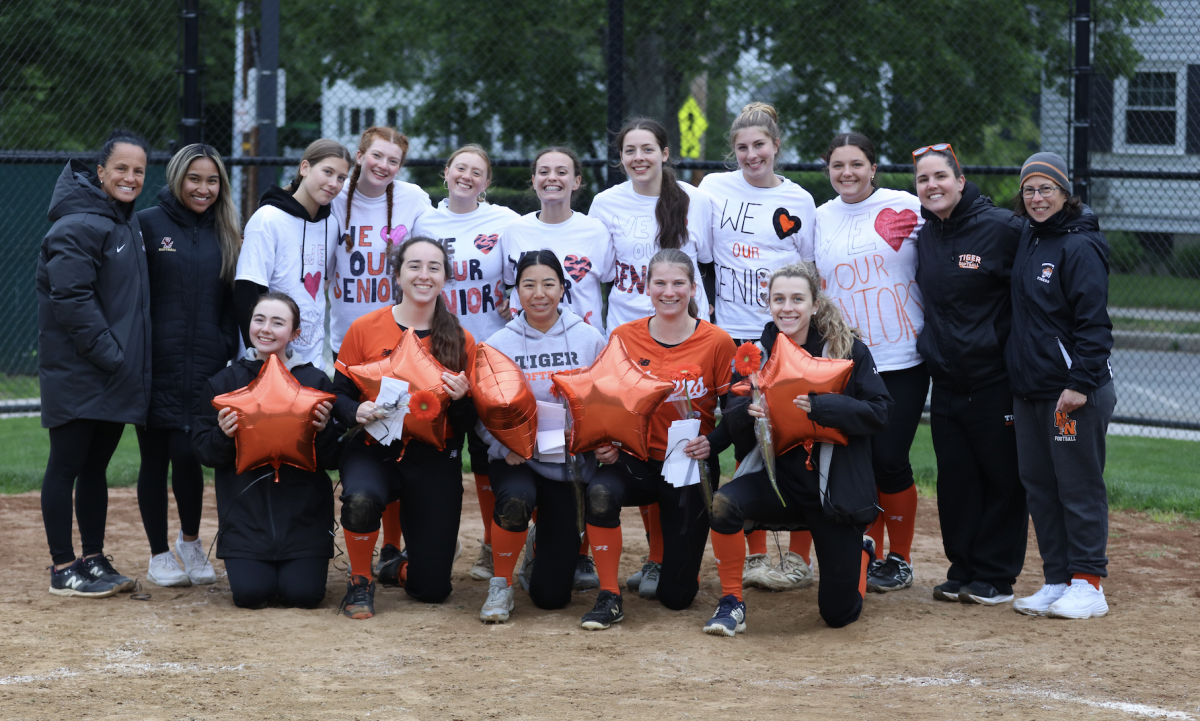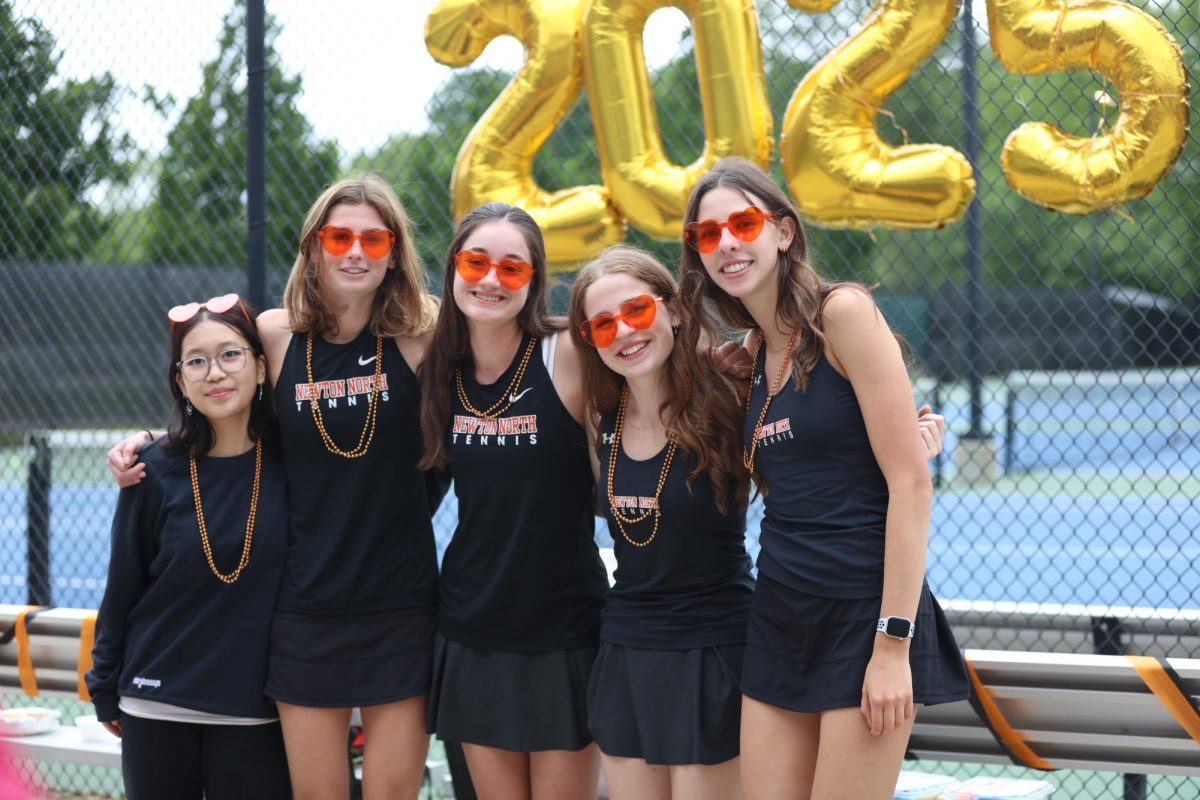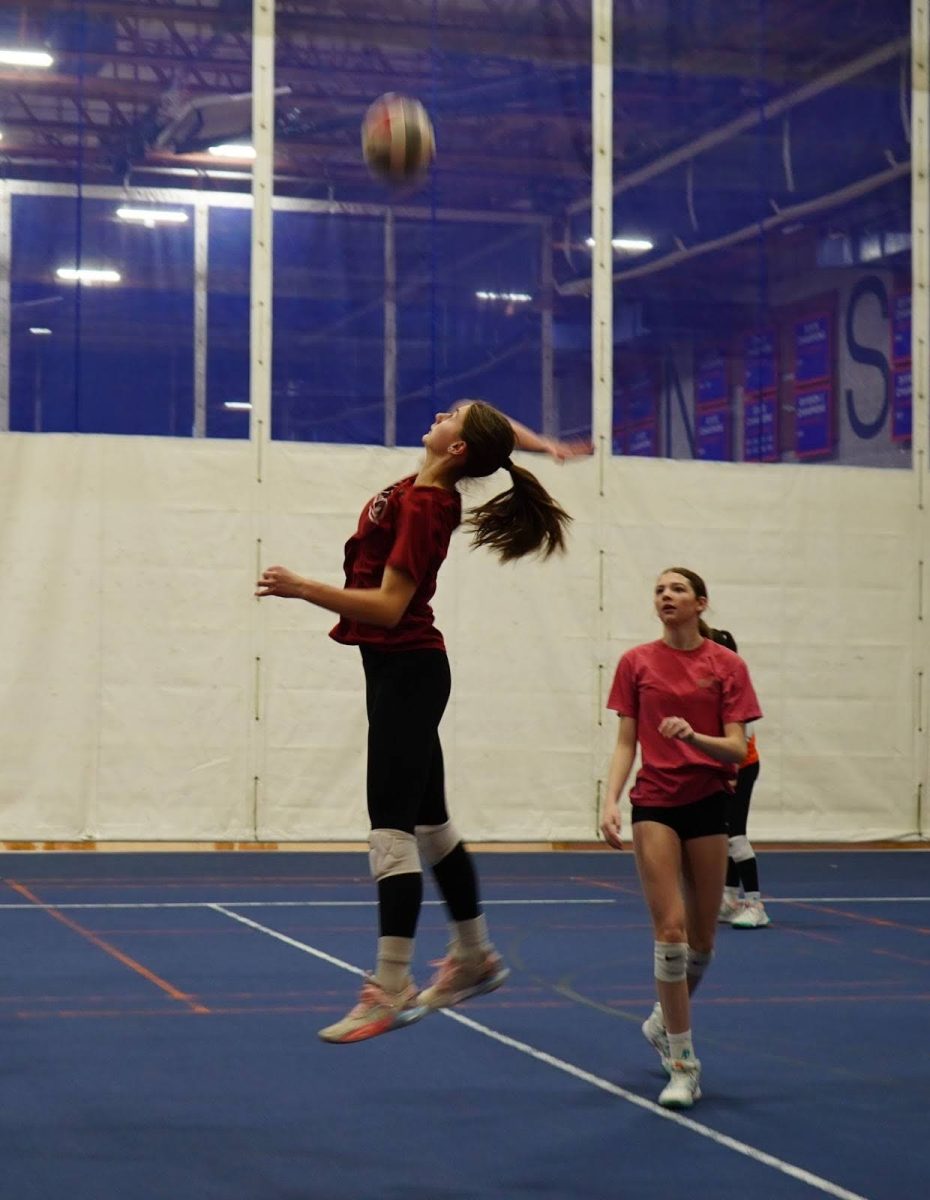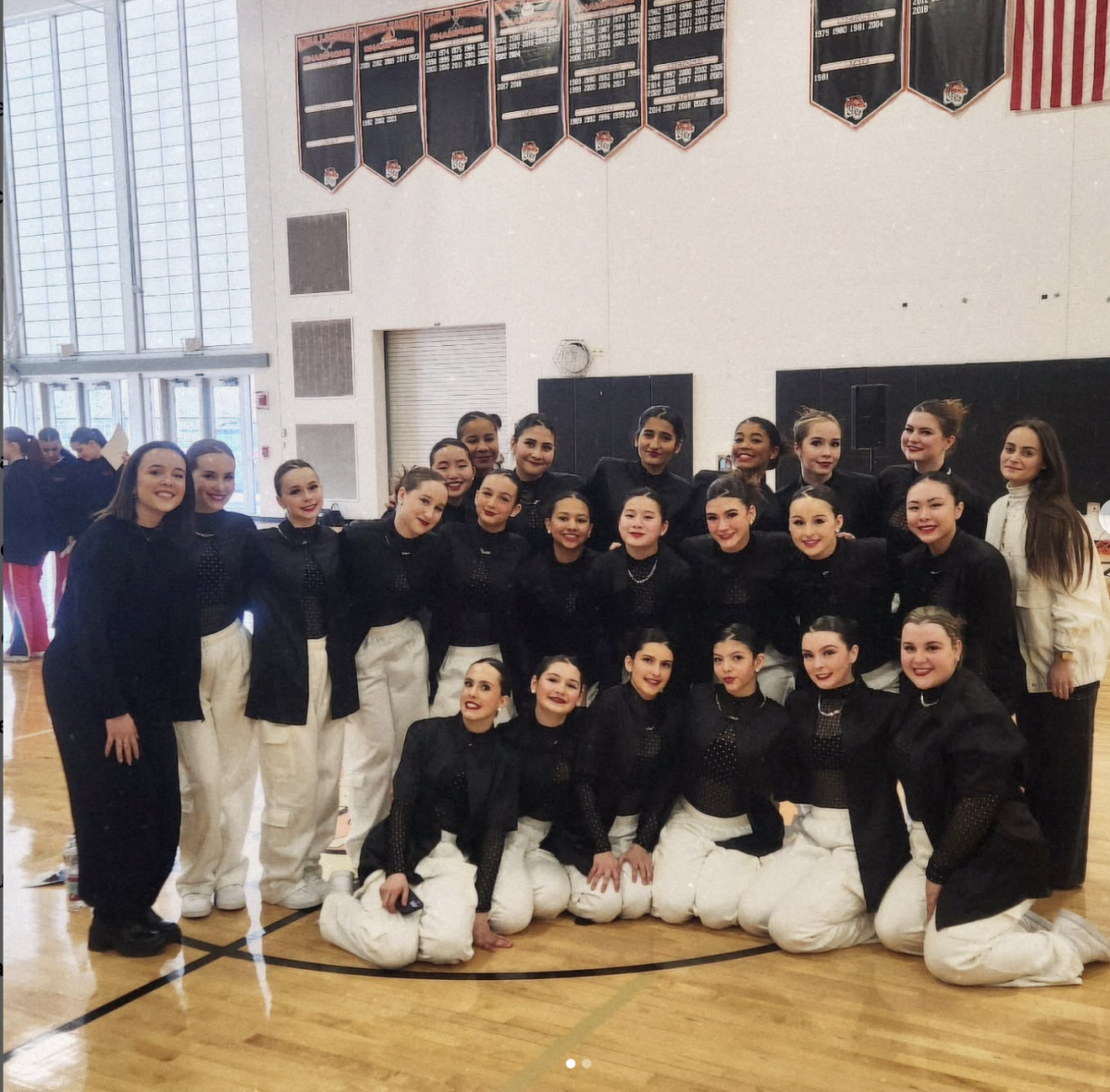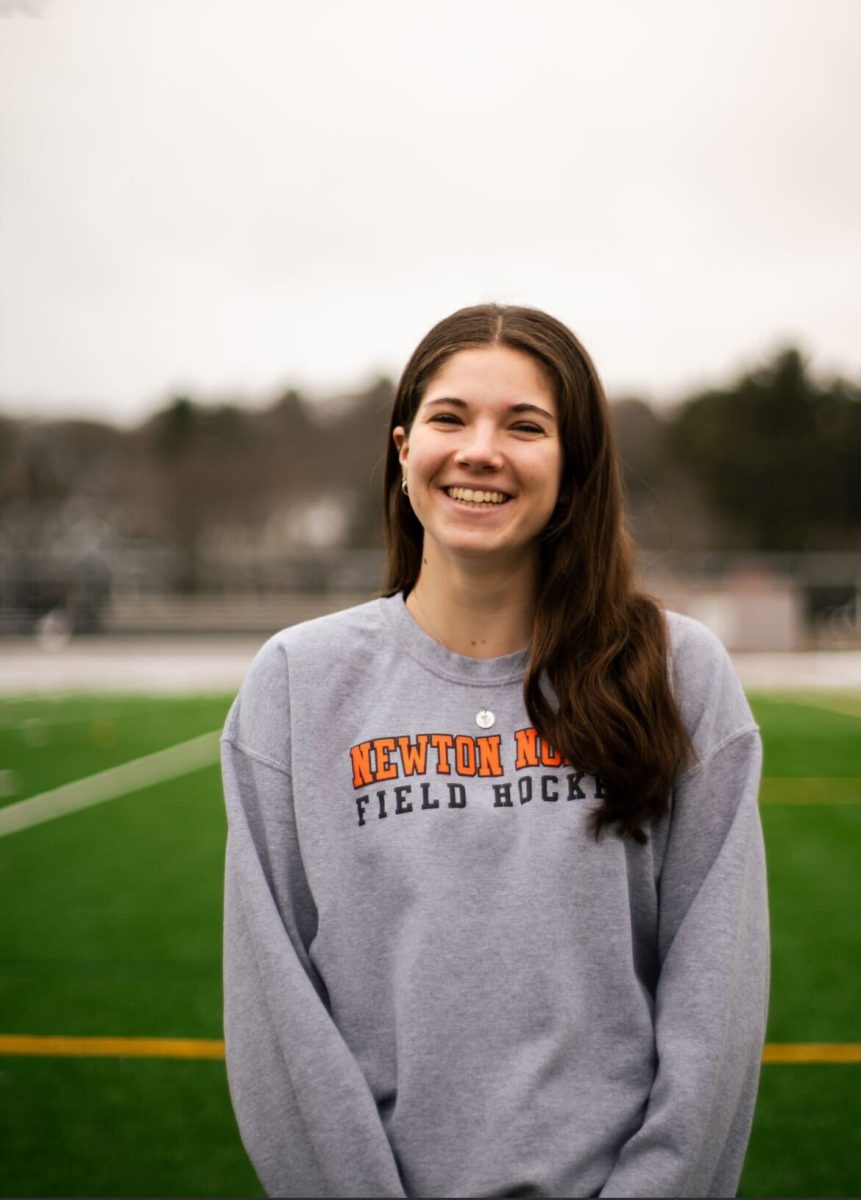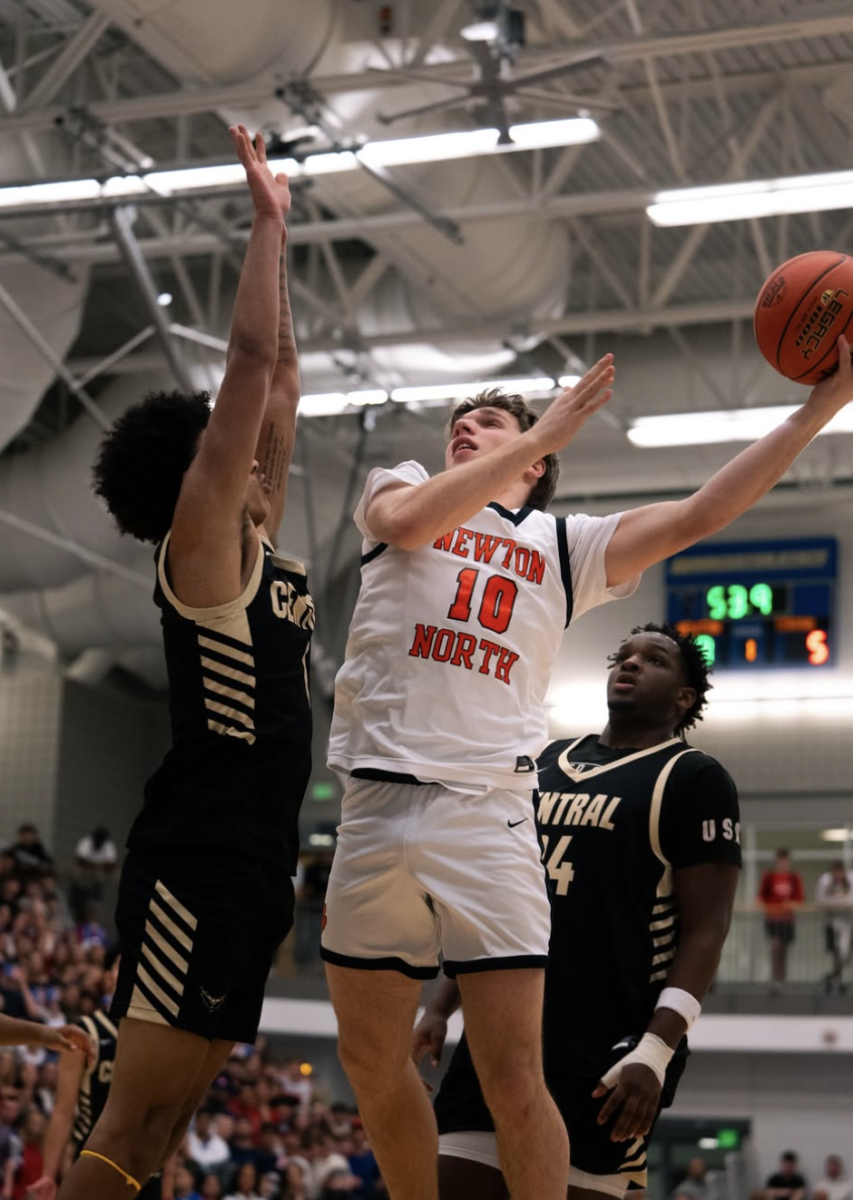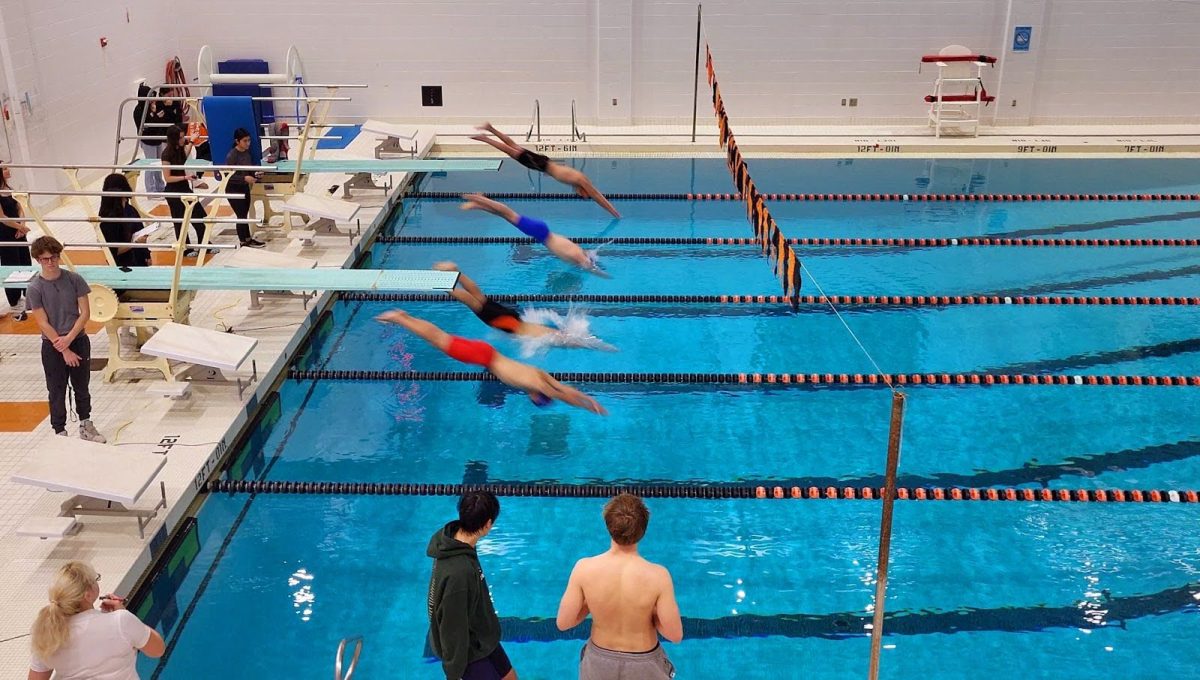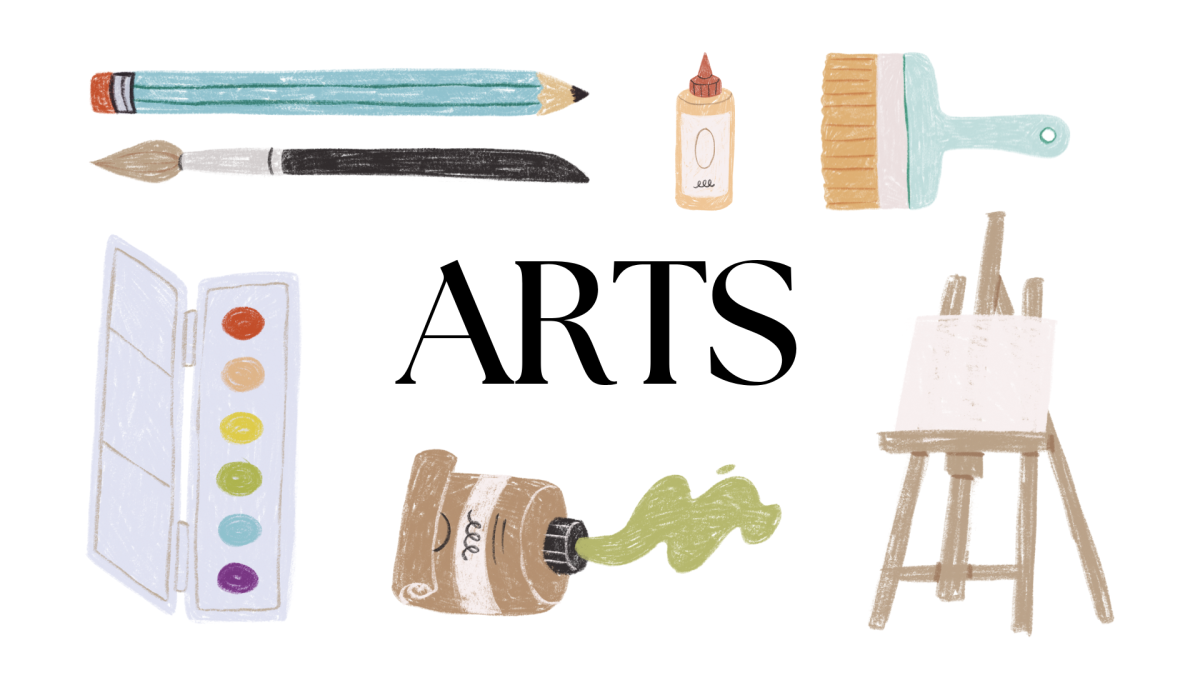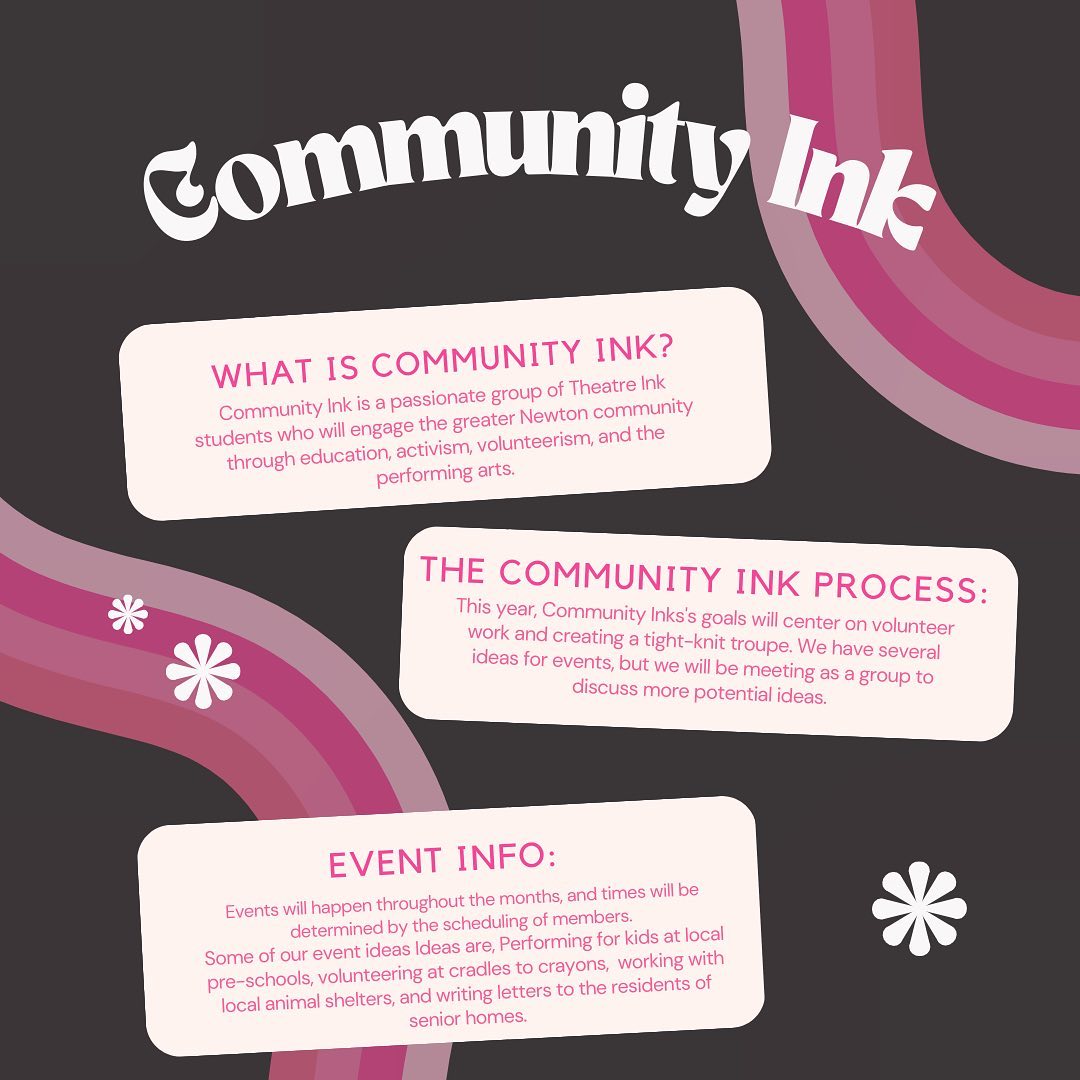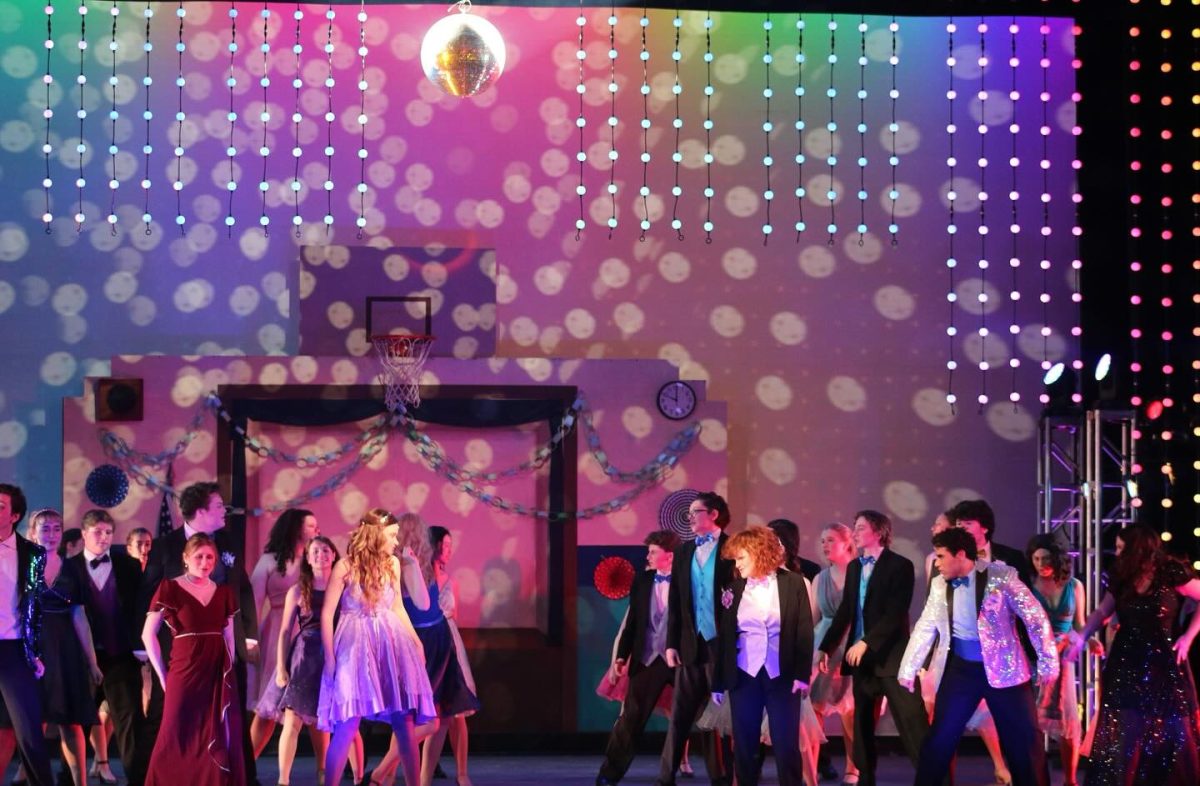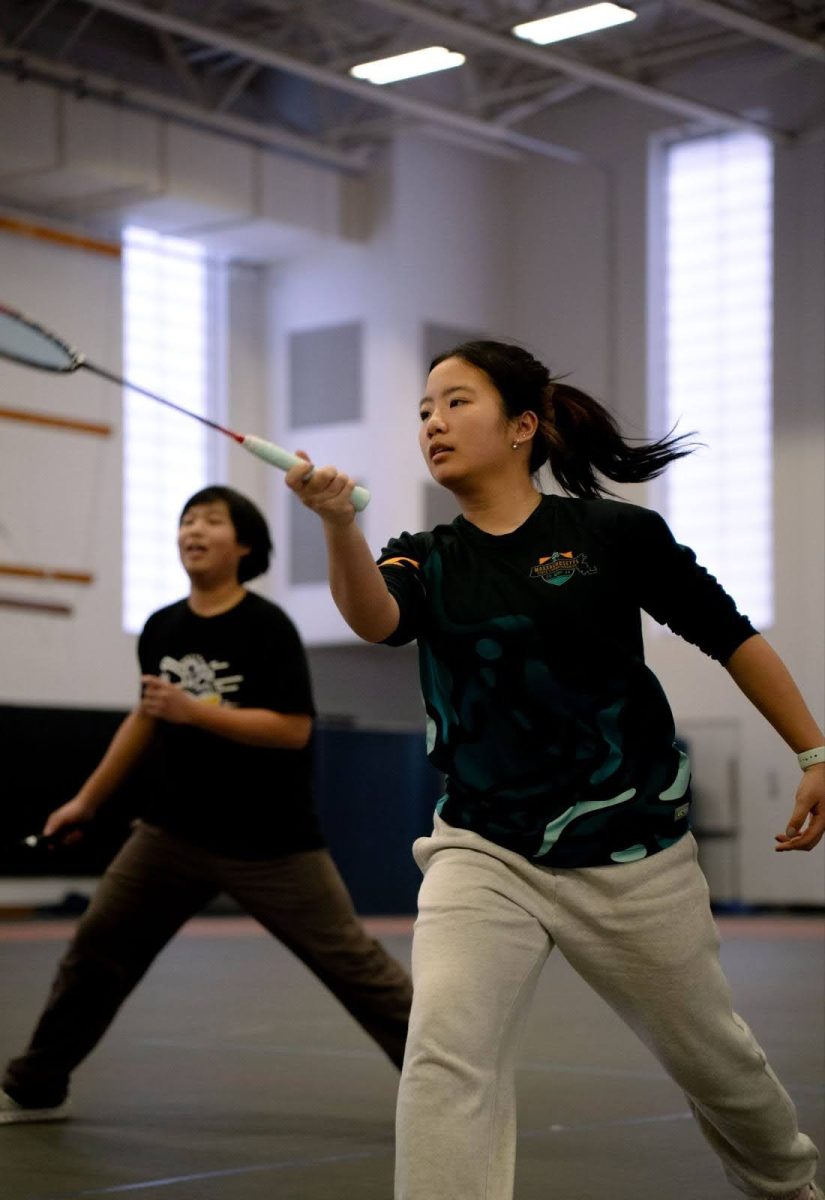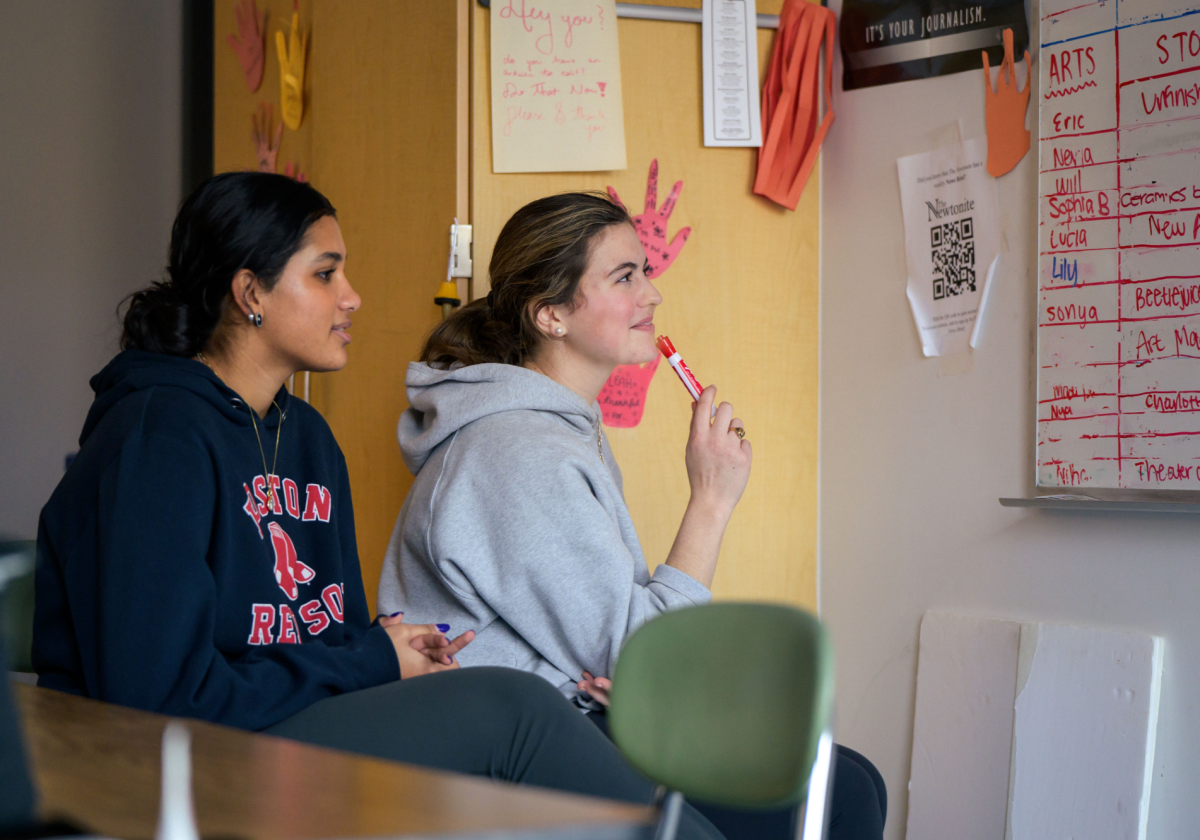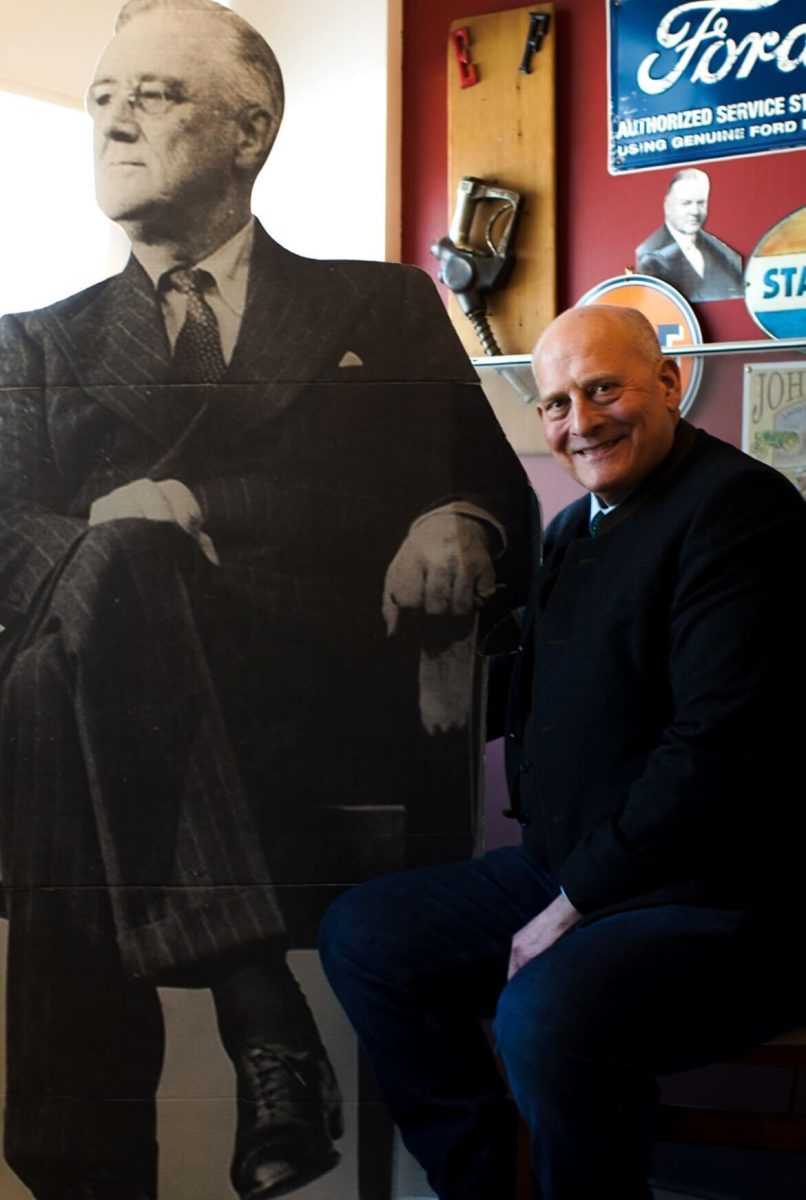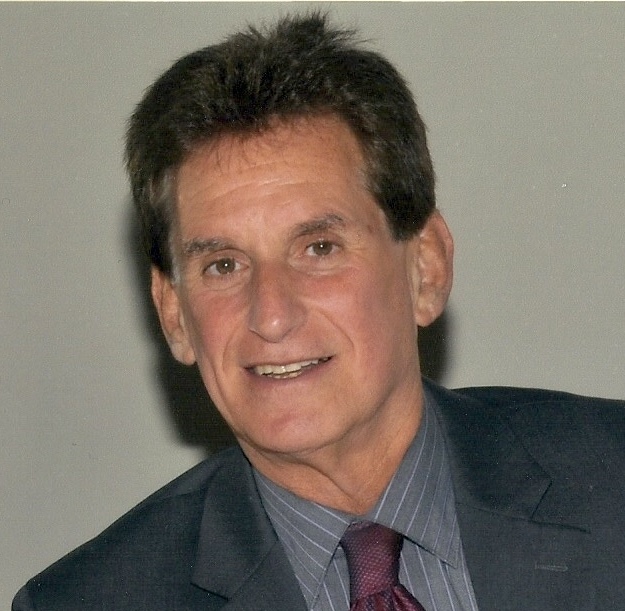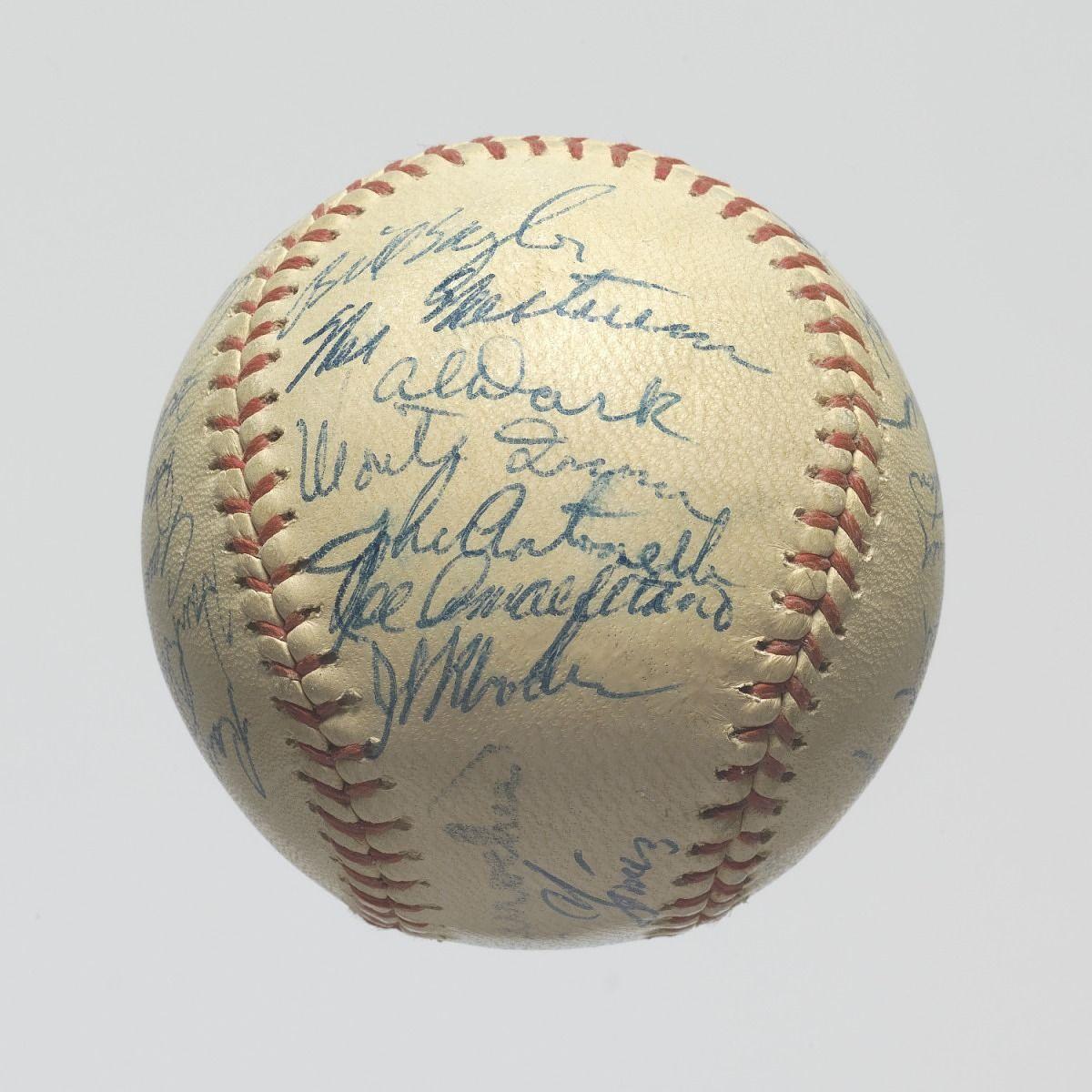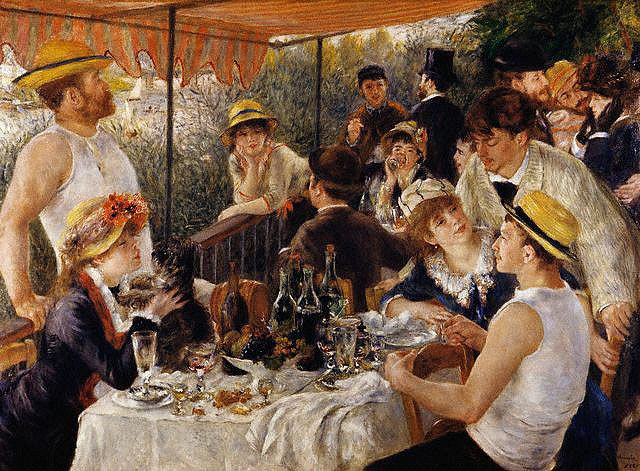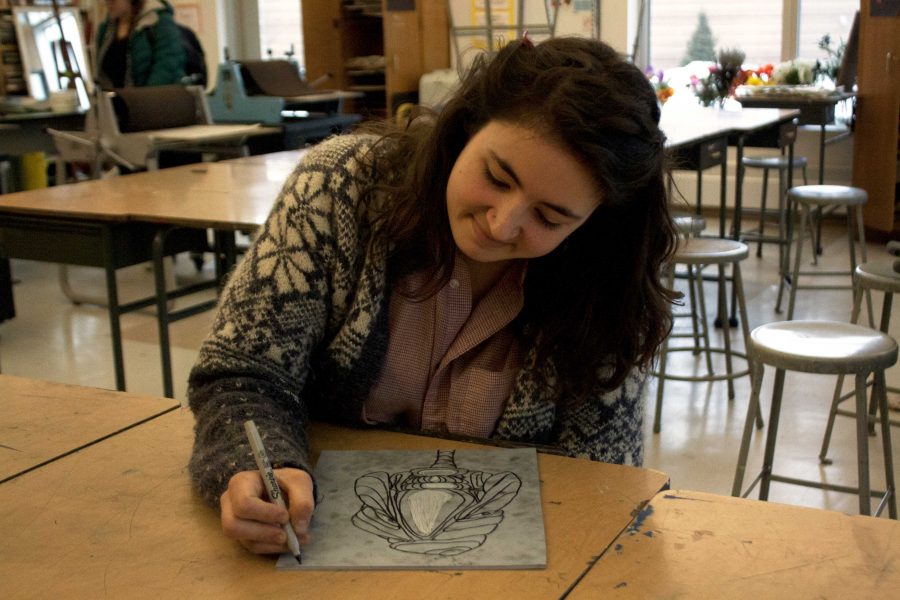by Jessica Tharaud
Senior Sophie Sokolov is the February artist of the month because Sophie is very involved in this school’s artistic community as the editor-in-chief of Thoughtprints Magazine, where she also submits work, and regularly writes creatively and paints.
Q: How did you start creating art?
A: I’ve always been a creative person, but I think doing visual art for me didn’t really jump off until, I guess, the summer before my junior year. I had had art teachers in middle school who I didn’t really jive with. There was a lot of copying art of professionals and not much of creating our own art. I was made to think I wasn’t a very good artist and that art really wasn’t for me. Freshman year I was only taking Art Minor, but I really liked Ms. Truant and Ms. Slattery. That led me to–a couple summers after–take a summer course at Mass Art. It was a four week intensive course eight hours a day of visual art.
Q: How did taking that summer course change your perspective on art?
A: For me that really shifted how I thought about art, and I realized art isn’t a purely visual thing. It has merit as an analytical tool. I started to get really interested in contemporary art and in how art can communicate messages in more effective ways than writing. Any sort of artistic endeavor can get at really complex and interesting ideas in ways that are more compelling and more interesting than theory writing or analytical writing. That [kind of writing] tends to lend itself to creating this false idea of a single truth, whereas art tends to open up a narrative for discussion and tends to lend itself to a greater sense of ambiguity and openness.
Q: What is your favorite type of media to work with?
A: I really like painting…but using different materials: experimenting with different ways to paint. I have a piece I was working on in my sketchbook where I was using tissue paper and printing with it.
Q: Do you think you will continue to create art when you’re an adult?
A: I don’t see myself becoming a professional artist. I have issue with the idea of selling work or having to have work be the only thing I make. That might be really stressful. But also there are other really important things I feel like I have to do with my life. I think only making art would kind of inhibit that. But I do feel that I want to continue that [process of] creating. That process is really important to me and I imagine that’ll be an important process throughout my entire life.
Q: What are some benefits of making art?
A: Making art, we sometimes find things about ourselves that we didn’t realize we knew before. I’ll write a piece and sometimes I think it means one thing, and then I’ll share it with a group of peers, and I’ll realize that in fact I was meditating on a whole range of different ideas I didn’t even understand were inside of me. So I think that art can be a reflection and I also think that the process of creating is incredibly exciting because it feels like you are making this thing that is outside of you–but that at the same time is really related to what is inside of you. It’s this incredible process of self-exploration.
Q: How important is the connection between the artist and the viewer?
A: As a viewer, I think there is an incredible amount of connection you can feel with an artist and with artwork. It creates this really interesting sense where, potentially, community exists at this intersection point between an internal and an external world.
Q: Is there a way viewers should look at art?
A: To view art successfully, you need to approach it almost as an artist yourself. I think the best way–or one important way–is to think of yourself as a creator and to create messages in the art. Instead of viewing the art or the writing as some dead and finished object, you should view it as a conversation. It’s important to acknowledge that you’re putting yourself into what you’re viewing because I think that it’s impossible not to. I think that us as creatures cannot see anything purely objectively and the idea that we can is sort of this false notion. That interaction is happening whether or not you acknowledge it. I think that to be able to have honest ideas about art, you need to acknowledge that you are seeing it through your perspective and that you are coming up with ideas about it that are filtered through your experience and your understanding.


